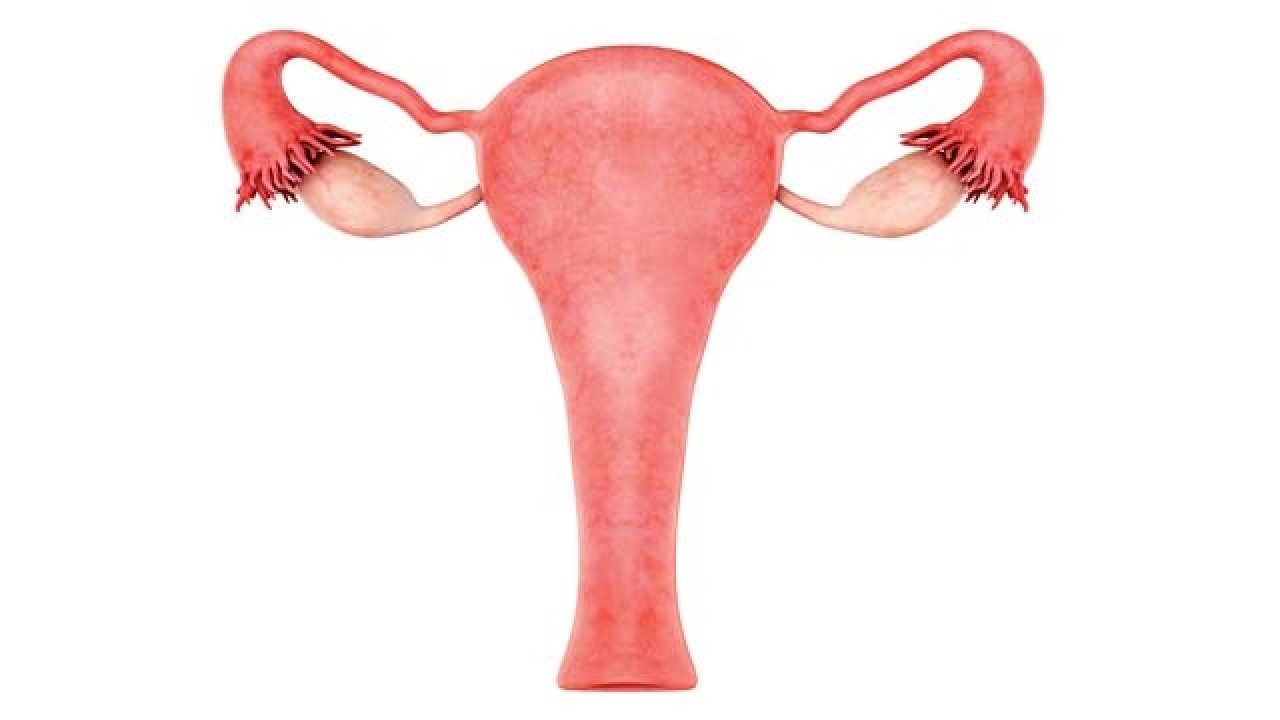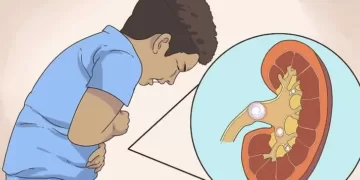Anomalies in the development of the uterus are often the cause of childlessness and menstrual dysfunction, although with some anomalies of the female genital organs, pregnancy still develops and childbirth proceeds.
Anomaly is a Greek word and means a violation of a pattern, a deviation from the general rules, norms.
Among the anomalies of the uterus (generally female genital organs) there are:
- incorrect anatomical structure (at this time, the anatomical structure of one or another organ is disturbed, atresia is noted – the absence of a natural opening or fusion, impaired patency);
- immaturity of a properly formed organ (in this case, the sexual organ is formed correctly, although it is not mature, full-fledged);
- anomalies of location (at this time, the genital organ, in particular the uterus, has an incorrect location relative to other organs of the pelvic cavity).
- Incorrect anatomical structure
The uterus and vagina at an early stage of embryonic development is formed from two tubes, the so-called Mullerian ducts. These pipes are connected to each other in the middle and bottom. The uterus develops from the middle part of the junction of the Müllerian ducts, and the vagina develops from the lower part. The upper part is transformed into appendages and fallopian tubes.
When the process of connecting the Mullerian ducts is disrupted, an anomaly in the development of the uterus and vagina develops – the so-called bifurcation. It can be found under different forms:
- Both the uterus and the vagina can be bifurcated, that is, two uteruses are formed with the corresponding two vaginas;
- Only the body of the uterus can be bifurcated, and the cervix and vagina can be common. This is called a bicornuate uterus;
- Bifurcation – division can be expressed only in part of the base, the presence or absence of a partition. This is the so-called saddle shape of the uterus;
- There is also a unicornuate uterus. This is the case when only one of the forked part is developed, the so-called one horn, and the second undeveloped, preserved under a rudimentary appearance.
A bifurcation of the uterus does not prevent the process of conception and the development of pregnancy (pregnancy develops in one of the halves), although there are cases when the pregnancy ends prematurely or during childbirth, bleeding is noted due to the weakness of the contraction function.
The saddle shape of the uterus causes the fetus to be wide.
Immature uterus
The cause of infertility can sometimes be an immature uterus and menstrual dysfunction. The immature uterus has a small body, sometimes less than the cervix. It is also possible that the body is fully developed, but the cervix can be narrow and cone-shaped. There are cases. when the angle between the body and the cervix is too sharp. With each of these anomalies, menstrual function is impaired. Most importantly, due to immaturity, the muscular membrane is underdeveloped, which in turn causes the contraction function to be inferior. All of these reasons prevent the development of pregnancy, and in the case of the latter, it gives rise to various complications. Weakness of strength during childbirth, massive bleeding, in the postpartum period, an obstacle to the process of reverse development – all this is the result of the immaturity of the uterus.
Anomalies in the location of the uterus
The cause of childlessness can also be an anomaly in the location of the uterus, although the conception and development of the fetus occurs both during omission and prolapse, and during deviation and shift. With the first two anomalies, pregnancy even improves the situation, since with an increase in the uterus rises up (although, after childbirth, uterine prolapse increases).
Among the anomalies in the location of the fetus, attention should be paid to retroflexion – the tilt of the uterus back. At this time, the uterus may be mobile or be fixed by adhesions. For the normal course of pregnancy, mobile retroflexion is not an obstacle, but with fixed retroflexion, if the adhesions are too hard (during pregnancy, they sometimes become soft and do not interfere with the increase and movement of the organ), the growing uterus remains in the pelvic cavity and puts pressure on neighboring organs – on the bladder , rectum. Because of this, the pregnant woman has serious complaints: pain, constipation, impaired urine output, and sometimes complete retention.
Particularly dangerous is the deviation of the fixed uterus during pregnancy. At the same time, termination of pregnancy and complications of another type are noted. In all cases, it is necessary to immediately hospitalize the woman.
MMT Hospital offers the treatment of gynecological diseases with methods that meet international medical standards











